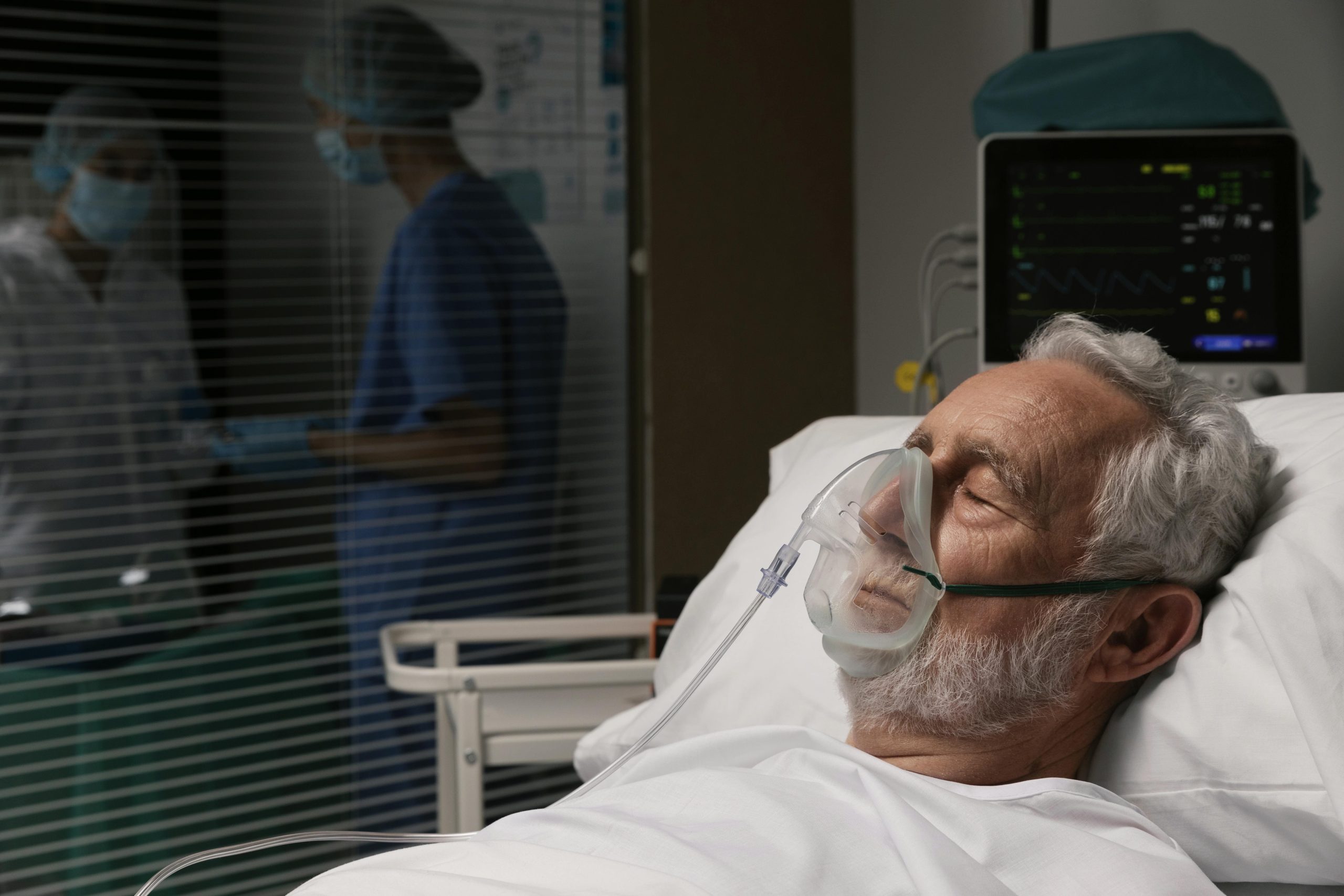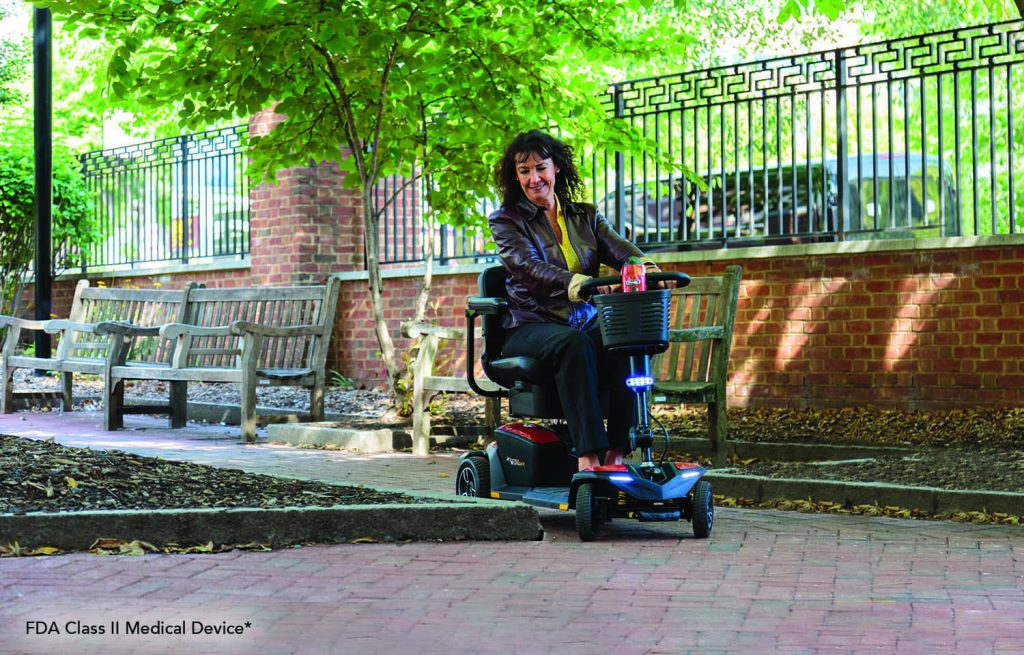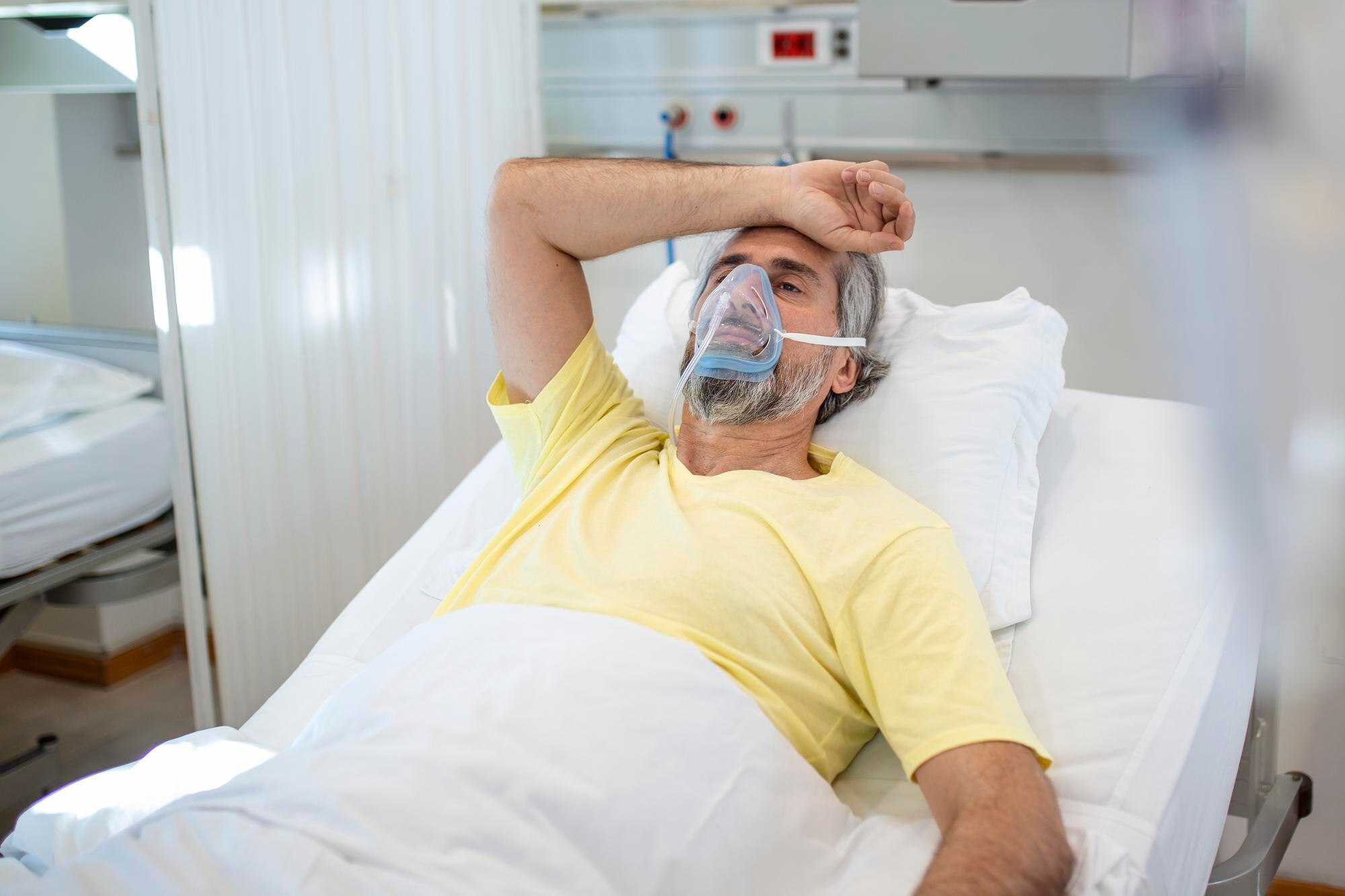Using a CPAP (Continuous Positive Airway Pressure) machine can transform your quality of life by improving sleep and managing sleep apnea. However, like any device, CPAP machines can sometimes present challenges. After years of using CPAP therapy to manage my own sleep apnea, I’ve faced my fair share of issues and learned practical solutions to troubleshoot them.
This guide addresses the most common CPAP problems and provides actionable tips to resolve them, so you can enjoy restful sleep without interruptions.
Why Addressing CPAP Issues is Crucial
CPAP therapy is highly effective for managing sleep apnea, but unresolved issues can reduce its benefits and discourage consistent use. Troubleshooting problems quickly ensures:
- Better sleep quality.
- Improved therapy compliance.
- Reduced risk of sleep apnea complications, such as heart disease and fatigue.
1. Mask Leaks
What’s Happening:
Air escapes from the CPAP mask, reducing therapy effectiveness and causing discomfort.
Solutions:
- Check the Fit: Adjust the headgear straps to ensure a snug but comfortable seal. Avoid overtightening, as this can cause irritation.
- Replace Worn-Out Cushions: Mask cushions can lose their elasticity over time, leading to leaks. Replace them every 3-6 months or as needed.
- Choose the Right Mask Style: If you’re a side sleeper or have facial hair, certain masks (like nasal pillows or full-face masks) may provide a better fit.
Use Mask Liners: These soft fabric inserts can improve the seal and reduce skin irritation.
2. Dry Mouth or Nose
What’s Happening:
Using a CPAP machine can dry out your mouth and nasal passages, leading to discomfort or a sore throat.
Solutions:
- Add a Humidifier: Most CPAP machines have a built-in humidifier. Fill the water chamber with distilled water and adjust the humidity settings to a comfortable level.
- Try Heated Tubing: Heated hoses prevent condensation and maintain a steady temperature, reducing dryness.
Switch to a Full-Face Mask: If you breathe through your mouth, a full-face mask can provide consistent airflow without causing dryness.
3. Difficulty Adjusting to Air Pressure
What’s Happening:
The sensation of high air pressure can feel overwhelming, especially for new CPAP users.
Solutions:
- Use the Ramp Feature: Most CPAP machines gradually increase air pressure over a set period, giving you time to fall asleep before reaching full pressure.
- Consider an Auto-Adjusting CPAP (APAP): These machines automatically adjust pressure levels based on your breathing patterns, providing a more comfortable experience.
- Talk to Your Provider: If the pressure feels too high or too low, consult your doctor or respiratory therapist to adjust the settings.
4. Noise from the CPAP Machine
What’s Happening:
Loud noises from the machine or tubing can disrupt sleep for you or your bed partner.
Solutions:
- Check for Air Leaks: Noise often comes from leaks in the tubing or mask. Inspect the connections and replace worn parts.
- Place the Machine on a Stable Surface: A vibrating machine can create additional noise. Use a non-slip mat or place it on a soft surface like a foam pad.
Use a White Noise Machine: If the CPAP noise is unavoidable, masking it with white noise can make it less noticeable.
5. Skin Irritation or Pressure Sores
What’s Happening:
Tight-fitting masks can cause redness, rashes, or pressure sores on your face.
Solutions:
- Loosen the Straps: If your mask is too tight, adjust the straps to reduce pressure on your skin.
- Switch to a Different Mask Type: Consider nasal pillows or a hybrid mask that puts less pressure on sensitive areas.
- Use CPAP Pads or Cushions: These accessories provide a barrier between your skin and the mask to prevent irritation.
- Clean the Mask Regularly: Wash your mask daily to remove oils and bacteria that can irritate your skin.
6. Condensation in the Tubing (Rainout)
What’s Happening:
Moisture builds up inside the CPAP tubing, leading to gurgling sounds and water droplets in the mask.
Solutions:
- Use a Heated Hose: Heated tubing prevents condensation by maintaining a consistent temperature.
- Lower the Humidity Setting: Reducing the humidifier’s settings can help minimize rainout.
- Position the Machine Below Your Head: Keep the CPAP machine at a lower level than your head to allow condensation to drain back into the humidifier.
7. Feeling Claustrophobic with the Mask
What’s Happening:
Wearing a mask can feel restrictive, leading to anxiety or difficulty falling asleep.
Solutions:
- Start Slowly: Wear the mask during the day for short periods to get used to the sensation. Gradually increase the time until you feel comfortable using it at night.
- Choose a Minimalist Mask: Nasal pillows or nasal masks have less contact with your face and may reduce feelings of claustrophobia.
Practice Relaxation Techniq
7. Feeling Claustrophobic with the Mask
What’s Happening:
Wearing a mask can feel restrictive, leading to anxiety or difficulty falling asleep.
Solutions:
- Start Slowly: Wear the mask during the day for short periods to get used to the sensation. Gradually increase the time until you feel comfortable using it at night.
- Choose a Minimalist Mask: Nasal pillows or nasal masks have less contact with your face and may reduce feelings of claustrophobia.
Practice Relaxation Techniq
8. CPAP Machine Stops Working Mid-Night
What’s Happening:
Sudden power interruptions or machine malfunctions disrupt therapy.
Solutions:
- Check Power Connections: Ensure the machine is plugged in securely and that the power cord is intact.
- Use a Battery Backup: A portable CPAP battery ensures uninterrupted therapy during power outages.
Inspect Filters: Clogged fi
9. Difficulty Exhaling Against Airflow
What’s Happening:
Exhaling against the incoming air can feel uncomfortable or unnatural.
Solutions:
- Enable Expiratory Pressure Relief (EPR): Most CPAP machines allow for reduced pressure during exhalation, making it easier to breathe out.
Try a BiPAP Machine: Bi-level Positive Airway Pressure (B
10. Inconsistent Therapy Compliance
What’s Happening:
You find it hard to use your CPAP consistently due to discomfort, inconvenience, or frustration.
Solutions:
- Set Small Goals: Start by using the CPAP for a few hours each night and gradually increase the duration.
- Track Progress: Many machines come with apps that track your usage and provide encouragement.
Seek Support: Join a CPAP support group or consult your healthcare provider for personalized advice.
FAQs
1. How often should I clean my CPAP machine?
You should clean your mask, tubing, and water chamber daily to prevent bacteria buildup.
2. Can I travel with my CPAP machine?
Yes, CPAP machines are travel-friendly. Many models are compact, and some come with battery backups for convenience.
3. What should I do if my CPAP mask doesn’t fit well?
Work with your provider or CPAP supplier to find a mask that suits your face shape and sleeping style.
4. How long does a CPAP machine last?
Most CPAP machines last about 5-7 years with proper care and maintenance.
5. Is it normal to feel tired even after using a CPAP machine?
If fatigue persists, consult your doctor. You may need a pressure adjustment or additional treatment for another underlying issue.
Conclusion: Finding Comfort with CPAP Therapy
CPAP therapy is a powerful tool for managing sleep apnea, but occasional challenges are normal. By addressing common problems and seeking help when needed, you can make your CPAP experience more comfortable and effective. Remember, consistency is key—sticking with your therapy will lead to better sleep and improved overall health.






